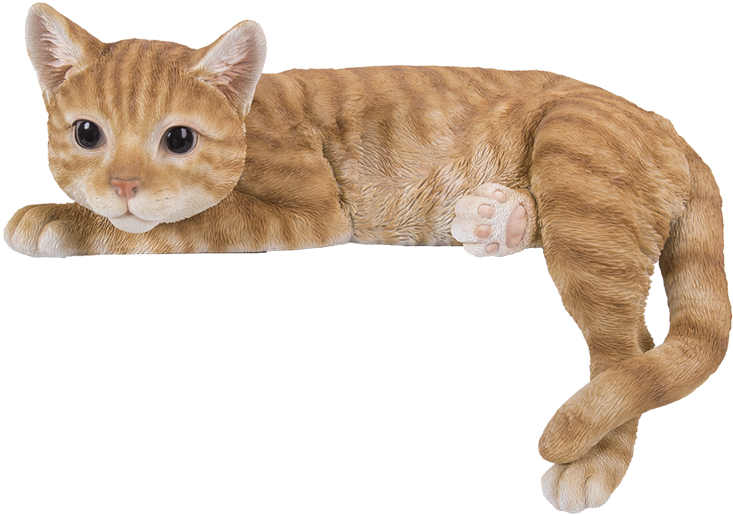
Surgical Procedures
When faced with unexpected circumstances, it’s crucial to have a trustworthy pet care clinic equipped with the necessary skills and tools to provide comfort and assistance to your beloved pet.
Surgical procedures can offer relief and minimize the risk of diseases and If you’re searching for pet services near me, rest assured that we provide exceptional care tailored to your pet’s needs.
Feeling apprehensive when scheduling veterinary surgery is perfectly normal. At our pet care clinic, we recognize the strong bond between you and your pet. We treat every animal as if they were our own.
The post-surgery phase may pose some discomfort for your pet. They may feel drowsy in the days following the procedure, but that familiar spark of energy should return as they progress For the pet services near me, trust our experienced team to support you every step of the way.
Veterinary Surgery Services Offered at Bruce Street Animal Hospital
Exploratory/Laparotomy
Exploratory surgery is performed to search for foreign bodies lodged within the animal’s body, to diagnose cancer, or to investigate various gastrointestinal issues.
Biopsy of Organs and Tissues
A biopsy involves extracting a small tissue sample for laboratory examination. It is commonly utilized in diagnosing various diseases, notably cancer. In certain instances, biopsies aid in determining prognosis and guiding suitable treatment. Different biopsy techniques are employed based on the tissue or organ under investigation.
Intestinal Tract Exploration/Repair
Cystotmy
Cystotomy is a surgical procedure involving the bladder to eliminate bladder stones, clots, tumors, or any other blockages.
Amputation
Amputation is a surgical intervention involving the removal of a pet’s limb. This procedure may be necessary for various reasons, such as a cancer diagnosis, severe trauma, fractures, infections, or chronic pain.
Spay
Spay surgery typically involves an ovariohysterectomy, wherein both the ovaries and uterus are removed. This procedure necessitates general anesthesia, occasionally supplemented with local anesthetic or epidurals.
Lumpectomy
A lumpectomy for your pet entails a surgical process aimed at eliminating an abnormal growth situated on or beneath the skin surface, or connected to an organ wall. Before proceeding with a lumpectomy, a physical examination, tests, and biopsy may be conducted to ascertain the characteristics of the lump, the type of cells involved, and whether the lump is benign or malignant.
Cherry Eye Repair
Surgical intervention is necessary to address cherry eye by repositioning the gland and securing it in place with sutures, usually conducted by a veterinary. Timely treatment of cherry eye is essential, as prolonged prolapse of the gland can lead to inflammation and gland infection.
Umbilical Hernia Repair
An umbilical hernia is the outward bulging of the abdominal lining, abdominal fat, or a section of abdominal organs through the region surrounding the umbilicus, also known as the navel or belly button.
Aural Hematoma Repair
Aural hematomas can be addressed through either surgical or nonsurgical methods. Treatment aims to remove the accumulated fluid, ensure proper alignment between the skin and cartilage, and address the underlying cause such as head shaking or scratching. Prompt drainage is essential to prevent complications like contracture, fibrosis, and potential deformity.
Anal Gland Abcsess Repair
An anal gland abscess is a painful infection affecting the anal glands. In this condition, pus accumulates within the sac, inhibiting the expulsion of the malodorous anal gland fluid. Consequently, the anal gland enlarges due to the buildup of fluids and may rupture. This abscess is highly painful and requires immediate treatment.
Neuter
Neutering is a surgical procedure that entails the removal of a male animal’s testicles, preventing him from reproducing with a female.
If you believe your pet may require veterinary surgery, schedule an appointment today.
Orthopedic Surgeon
We collaborate with a board-certified orthopedic surgeon who operates on-site for all orthopedic surgeries.
Perineal Urethrostomy Surgery
THR Surgery
Total Hip Replacement (THR) surgery is typically carried out on large-breed dogs diagnosed with hip dysplasia. The aim of the surgery is to enhance the quality of life by alleviating pain and enabling the pet to resume an active lifestyle.
TPO Surgery
TPLO Surgery
Tibial Plateau Leveling Osteotomy (TPLO) is a surgical procedure aimed at correcting a cranial cruciate ligament (CCL) rupture in dogs, analogous to an ACL tear in humans. A CCL rupture may occur suddenly due to trauma or intense physical activity, or it may develop gradually over weeks or months, potentially impacting both knees.



